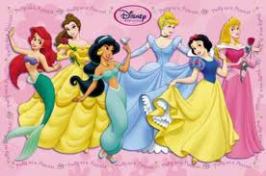Faithful reader and friend, Em Em Li, has asked Moxie to comment on the NYT article where a pre-school in Sweden has become famous for referring to students as “friends” rather than using gendered pronouns. They’ve even created a word, “hen,” as a gender-neutral personal pronoun.Read it here.
Swedish School’s Big Lesson Begins With Dropping Personal Pronouns

Moxie’s 2 cents: While the school’s motivation stems from trying to boldly break gender stereotypes, it is problematic to refuse to acknowledge that gender and sex do exist, matter, and shape who we are. The harder question we need to ask is, “what do people who have the same gender have in common?” It comes back to the issue of equality vs. difference that gender scholars have been debating for decades. If we know men and women are not the same, but we think they are equal, how does that play out? The answer? No one knows; it’s complicated. But we need to keep asking the question, not moving toward a “post-gender” society.
It sounds like this school is asserting that men and women, male and female, are just the same. I appreciate their desertion of texts such Beauty and the Beast (which I just found out is the spring play at my school–yikes), and adding stories where women play many roles, men are sensitive, families are complex, and the hero is deconstructed. We need more, much more of that to broaden our narrative of what men and women are like. But in these stories, there ARE men AND women. To say that gender doesn’t matter does violence to both genders. I fear that being gender neutral is akin to being color blind. It’s not possible, nor is it constructive to pretend to not notice someone’s race. I would argue the same is true for gender. What do you think, Em Em?
For further reading check out these related articles
http://www.lifesitenews.com/news/gender-madness-swedish-pre-school-bans-him-and-her




